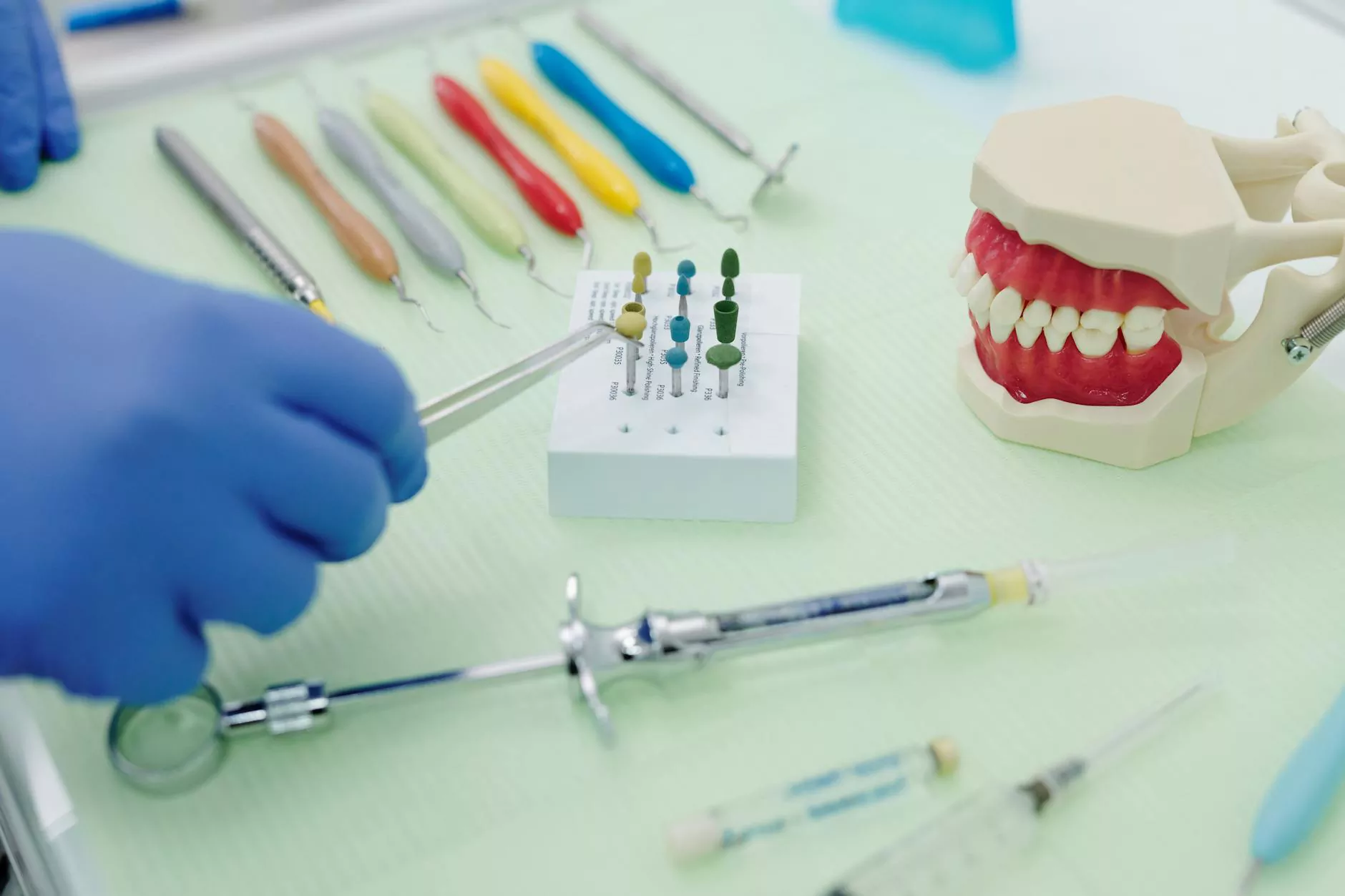Homeoblock vs Invisalign: A Comprehensive Guide to Orthodontic Solutions

When it comes to achieving a beautiful smile, orthodontic treatment options abound. Among the most popular choices are Homeoblock and Invisalign. Both methods aim to align teeth and enhance facial aesthetics, but they vastly differ in approach, technology, and outcomes. This article delves into the nuances of Homeoblock vs Invisalign, offering a detailed comparison to help you make an informed decision for your dental health.
Understanding Homeoblock
Homeoblock is an innovative orthodontic device that focuses on the holistic improvement of both dental and facial structures. Developed with the principle of natural jaw development, Homeoblock utilizes a myofunctional appliance to promote proper tongue posture and oral posture. Here are some core aspects:
How Homeoblock Works
The Homeoblock system consists of a removable appliance that fits comfortably in the patient's mouth. It aims to:
- Enhance facial symmetry by guiding jaw and dental development.
- Correct malocclusions through natural jaw expansion.
- Support healthy tongue posture, which is essential for proper oral development.
This device is particularly effective for children and adolescents whose jaws are still growing, making it a fantastic option for those who are looking to guide their dental development naturally.
Benefits of Homeoblock
The Homeoblock appliance offers numerous advantages:
- Non-invasive solution that doesn't involve surgery.
- Improves breathing and may aid in addressing sleep apnea issues.
- Enhances facial appearance through natural growth patterns.
- Minimally noticeable compared to traditional braces.
Understanding Invisalign
Invisalign is a well-known orthodontic treatment that utilizes a series of clear aligners to gradually straighten teeth. Unlike traditional braces, which use brackets and wires, Invisalign aligners are virtually invisible and removable. This feature makes them a popular choice among adults and teens alike. Key elements of Invisalign include:
How Invisalign Works
The Invisalign treatment process involves several key steps:
- Initial Consultation: A dentist or orthodontist assesses your teeth and creates a 3D treatment plan.
- Custom Aligners: Using advanced 3D imaging technology, a series of custom aligners are created.
- Regular Changes: Patients wear each set of aligners for about 1-2 weeks before switching to the next set.
This process continues until the desired alignment is achieved, typically taking 6 to 18 months.
Benefits of Invisalign
Invisalign offers a range of benefits that make it an attractive option:
- Invisible Appearance: Clear aligners are discreet and unnoticeable when worn.
- Comfortable: Made from smooth plastic, they are more comfortable compared to metal braces.
- Removable: Aligners can be removed for eating, brushing, and flossing.
- Predictable Results: The treatment plan uses advanced software for precise movements.
Comparative Analysis: Homeoblock vs Invisalign
Now, let's explore the critical differences and similarities between Homeoblock and Invisalign. This comparative analysis aims to clarify which system may be more suitable based on various criteria.
Target Patients
Homeoblock is primarily aimed at younger patients whose jaws are still developing. It is particularly ideal for children and adolescents who may benefit from jaw growth guidance. In contrast, Invisalign caters to a broader audience, including teens and adults, and is suitable for a variety of orthodontic issues, from minor adjustments to more complex cases.
Treatment Approach
The treatment philosophies differ significantly. While Homeoblock emphasizes a holistic, functional approach to jaw and dental alignment, Invisalign adopts a more mechanical method of moving individual teeth into place. This fundamental difference impacts the overall treatment design and expected results.
Duration of Treatment
Generally, Homeoblock treatments can extend over a longer duration due to the nature of jaw development and enhancement, which requires patience and time. In contrast, Invisalign treatments can often be completed within a shorter timeframe, depending on the complexity of the case, with many patients achieving results in as little as six months.
Cost Considerations
The cost of orthodontic treatments can vary significantly based on factors like geography, dental practice, and the complexity of the case. Typically, Invisalign is considered more expensive than Homeoblock. However, the specific costs will depend on your unique situation and the practitioner.
Which Option is Right for You?
Choosing between Homeoblock vs Invisalign does not come with a one-size-fits-all answer. The choice will depend upon:
- Your age and jaw development stage.
- The complexity of your orthodontic issues.
- Your lifestyle preferences, like the aesthetics and maintenance aspects of the orthodontic device.
- Your budget and insurance coverage.
Consulting with a dental professional who specializes in orthodontics is crucial. They can provide detailed assessments and personalized recommendations based on comprehensive evaluations.
Conclusion
In the debate of Homeoblock vs Invisalign, both options offer unique advantages tailored to different patient needs. Homeoblock harmonizes jaw development and aesthetics, making it suitable for growing children, while Invisalign delivers a discreet and comfortable solution for those seeking to straighten their teeth without the social stigma of traditional braces. Ultimately, your smile’s future lies in the hands of your dental professional, who can guide you toward the option that best suits your needs. Remember, a beautiful smile isn't just about aesthetics; it's about health, confidence, and well-being.
Contact Us
For more information on orthodontic treatments or to schedule a consultation, please visit our website umedadds.com. Your journey to a beautiful smile starts here!









